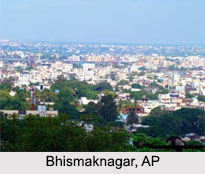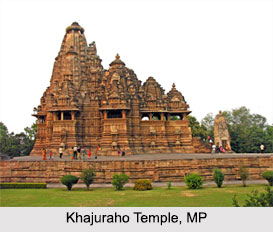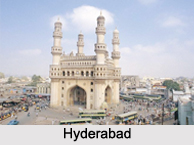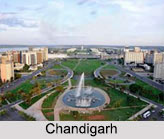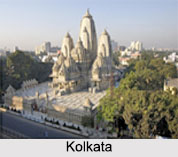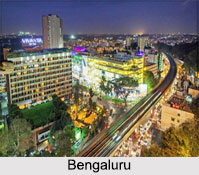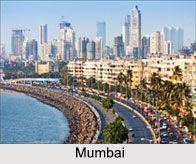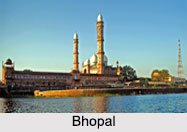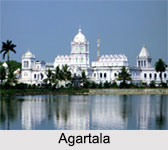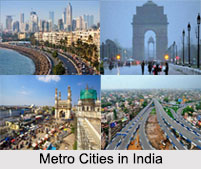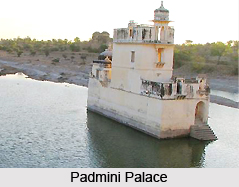 Chittorgarh in Rajasthan presents a wide array of architectural specimens which ranges from Jain temples, Hindu temples, palaces and forts. Tower architecture which is very rare in India is seen in Chittorgarh. There are many towers in India but other than the shikharas crowning temples, independent towers are found only in Chittorgarh.
Chittorgarh in Rajasthan presents a wide array of architectural specimens which ranges from Jain temples, Hindu temples, palaces and forts. Tower architecture which is very rare in India is seen in Chittorgarh. There are many towers in India but other than the shikharas crowning temples, independent towers are found only in Chittorgarh.
On the plains of Chittorgarh, there is a hill where the Mewar Fort was situated. Though the fort fell in an attack of the Mughal army, but remains of the fort can still be seen in the palaces, Hindu temples and Jain temples. The Fort is constructed in the Rajput architectural style. There are seven gates on the way up to the fort, of which the last gate, Ram Pol leads one into the fort. The gate, as well as the entrance to the palace is not a true arch. The oldest is a large, L-shaped palace constructed by Emperor Rana Kumba in the 15th century. This magnificent, completely plaster finished palace is a departure from the usual constructions. A fascinating sight towards the north of the fort is the Ratna Singh Palace with a tank built in the 16th century. The Padmini palace is also a spectacle to behold. It is positioned towards the south of the fort and the architecture of the palace is noteworthy. The palace in the middle of the fort is now a museum which houses royal artifacts.
Though the rulers of Mewar were Hindus but they were tolerant towards other religions. There are a number of Jain temples in Chittorgarh. The Tower of Fame, also called Kirtistambha, is a Jain memorial tower built in the 13th century. Statues of Tirthankaras have been sculpted on the tower. This seven-storey high, twenty four meters tall tower stands on a foundation platform. There is a staircase inside which enables one to climb to the top and enjoy the scenery. The Sat Bees temple, built in the architectural style of the Mount Abu Temples, is excellent. These temples are built of sandstone and not white marble. The Hindu Jayastambha or the Tower of Victory was built in the 15th century by Rana Kumba after his triumph in the battle against the Muslim army. The structural design of the tower is very slender from its exterior. It has a unique spiral staircase that weaves in and out of the structure, all the way to the top, an architectural design not seen anywhere else in the world.
